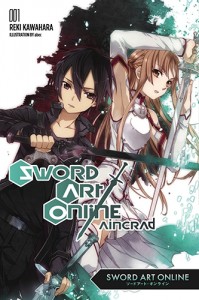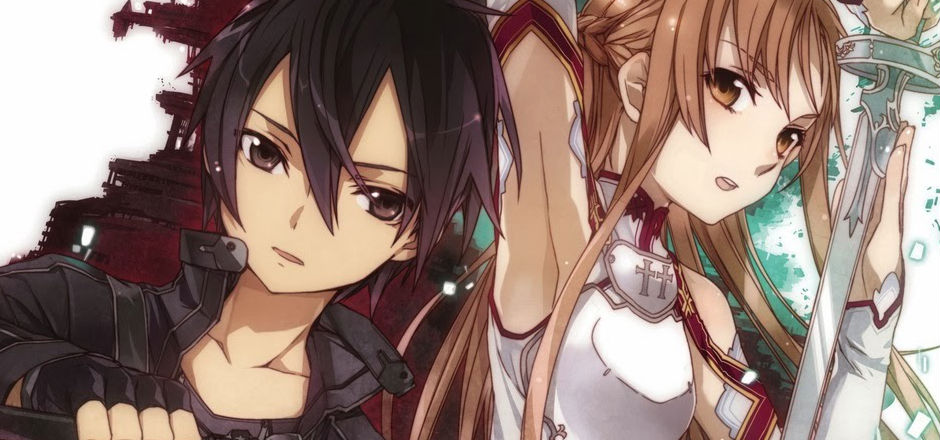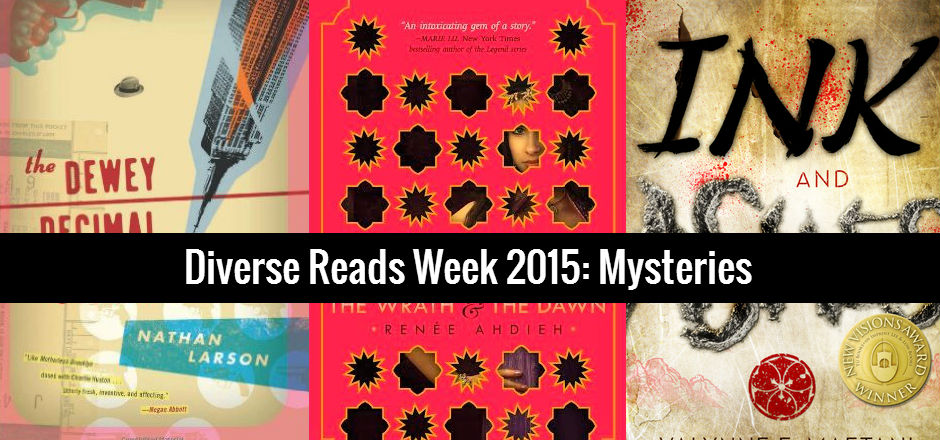There were tons of things competing to catch readers’ eyes at this year’s Book Expo America, but what dragged me in wasn’t the giant Lego statues (although I admit those were a little distracting), the dogs in a playpen, or even the Saturday behemoth that became Book Con this year.
No, what grabbed me the most were the posters and signs featuring the cover of Sword Art Online 1: Aincrad.

Sword Art Online © REKI KAWAHARA
KADOKAWA CORPORATION ASCII MEDIA WORKS
The Sword Art Online franchise began in the light novel format but was popularized in the US during the airing of the 2012 anime, which is streaming with English subtitles on Hulu and Crunchyroll. The series follows a teenager in an MMORPG — his gaming handle is Kirito — called Sword Art Online, designed by a madman who reveals to the game’s first 10,000 players that they won’t be able to log out unless they clear the entire game — and if they die in the game, the immersive gaming system will kill their real-life bodies.
I read the light novel as I would have read any other manga I’ve seen adapted to anime format. My main concern while reading the light novel were whether or not reading the novel added anything about the world of SAO that readers wouldn’t be able to gain from the manga.
Happily, I can report that the light novel definitely adds aspects the anime just doesn’t have. While the anime follows the events of the light novel very closely, the order of the events are different, and its first-person narration offers a closer narration of events.
I found the protagonist, Kirito, significantly more appealing when I read the light novel. In the anime, Kirito comes off as what I describe as Generic Shounen Hero Guy: he always wins in battle — though technically that’s a plot point in SAO — and his personality seems distant and, to be honest, pretty darn boring.
The light novel, though, is narrated in the first person, and that allows a different side of Kirito to shine through. One of the most notable differences between the anime and the novel for me specifically is that Kirito’s inherent awkwardness with others — which he cites as the thing that drove him to gaming in the first place – is discussed frankly and in a much clearer way. It explains, somewhat, his reluctance to join a guild, and even his hesitation to accept friendship from Klein, the first player he meets in the game.
While I definitely would recommend this book for those who enjoyed the anime, I would give a higher recommendation to those who haven’t yet been introduced to the anime series. The world of SAO is rich, but the light novel is fun and engaging, and it takes much less time to read the book than to watch the anime.
3.5 out of 5 stars
Feliza Casano is a fan of anime, manga, and every sort of book as well as editor in chief at Girls in Capes. She writes for all sections of the site, and she’s the one behind GiC’s Facebook and Twitter. Follow her on Twitter @FelizaCasano.
Want to learn more about Yen Press’ light novel initiative? Check out Feliza’s overview and recommendations at her personal site here. You can also buy the paperback or preorder Sword Art Online 2: Aincrad on Indiebound.





